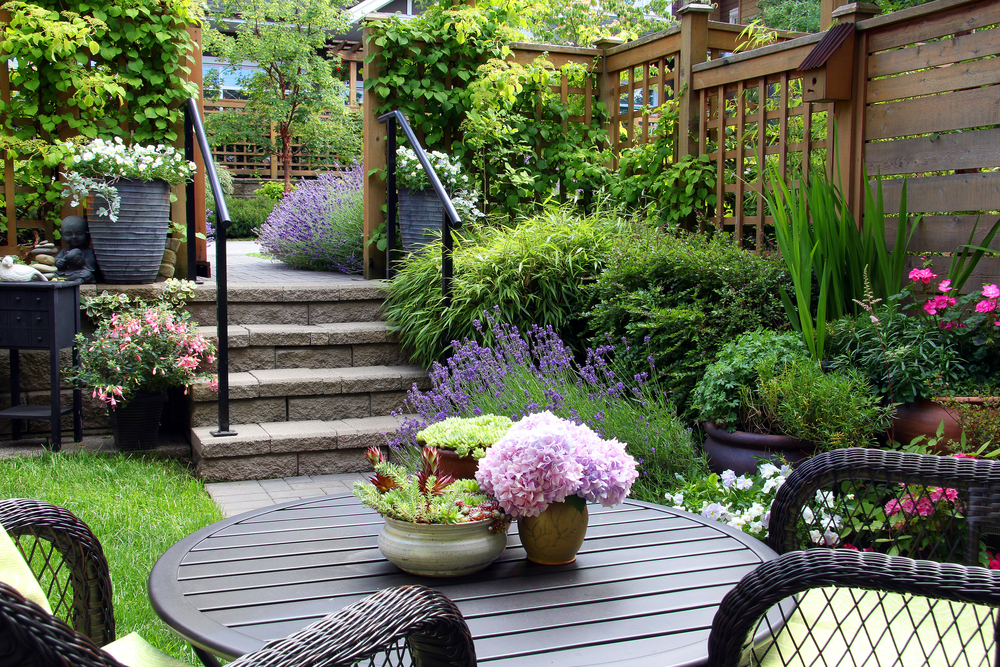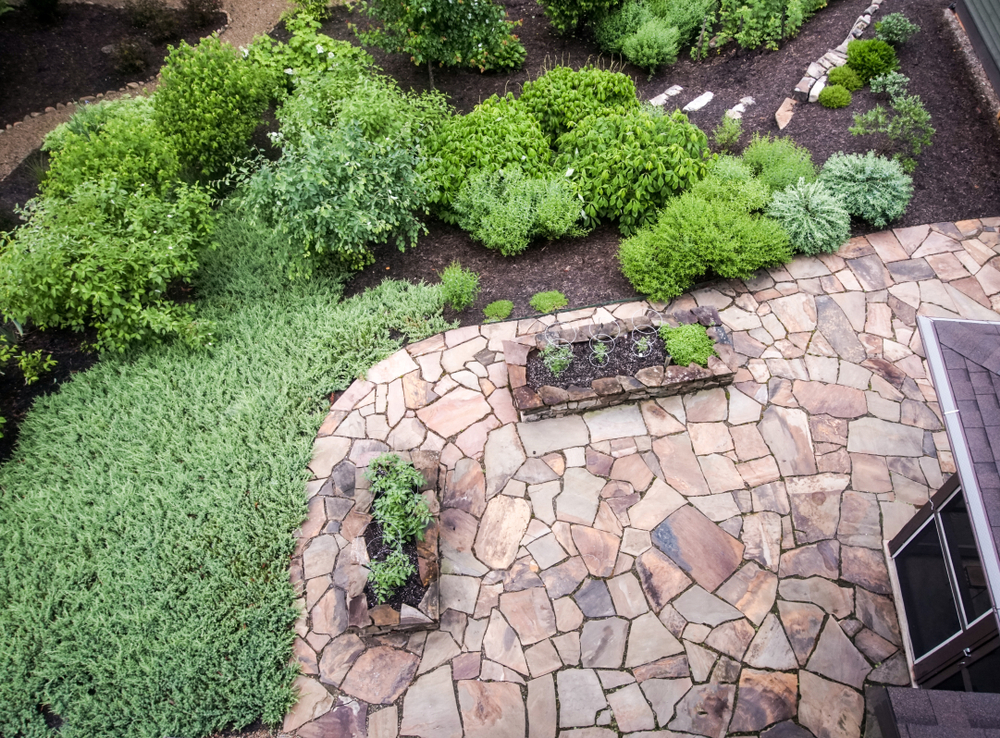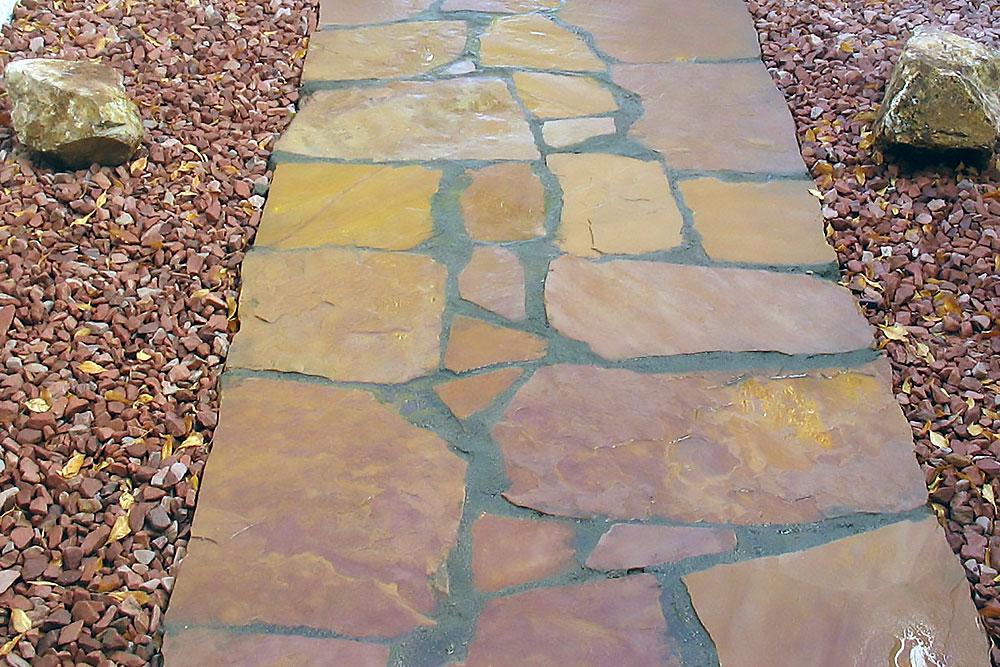Rocks of all sizes can be a great way to beautify and add variety to a landscape, but making optimal use of your property requires some forethought and attention to detail.
Tips for Landscape Design with Rocks
Landscape rocks can serve a number of landscaping benefits, including adding variety, providing visual cues and covering areas that aren’t particularly suitable for growth. Getting the most of your property requires careful rock choices and purposeful placement, and each decision should be made with the goal of complementing or contrasting another.
Design Your Rock Layout from a Bird’s Eye View
People will usually view your landscape from ground level, but designing the layout from an aerial view can help ensure a more natural look rather than a manicured one. Sketch a rough layout by hand, or use the Internet to download an aerial photo of your home that you can draw on.
Select a Diverse Range of Rocks
A common mistake DIY landscapers make is choosing rocks that are all roughly the same size. Mixing different sizes helps foster an organic arrangement. The same is true for colors as well. You don’t have to mix grays and browns if you don’t want to, but select a variety of shades within the color you do choose in order to achieve contrast.
Prepare the Earth Before You Place the Rocks
Remove all weeds and debris, rake the area thoroughly and then pack it. This will provide a more consistent base for the rocks. You can also place plastic sheeting over it, which will help avoid regrowth of weeds that can eventually work their way up between the rocks. Doing this will also provide a last chance to visualize your design before doing the heavy lifting.





